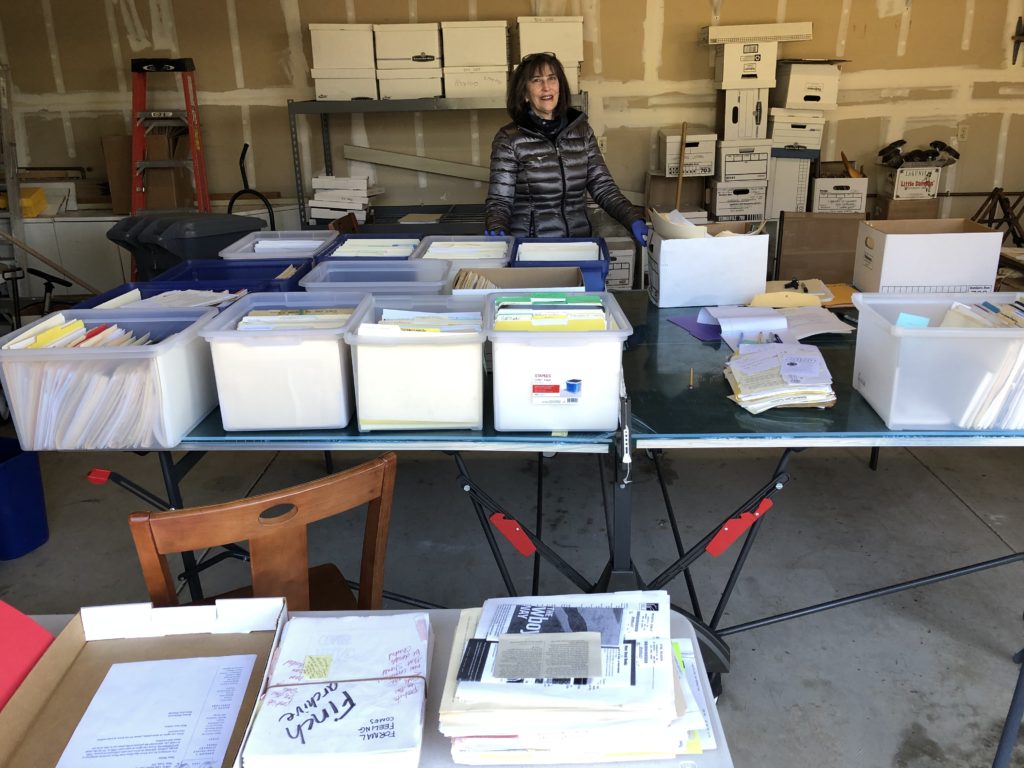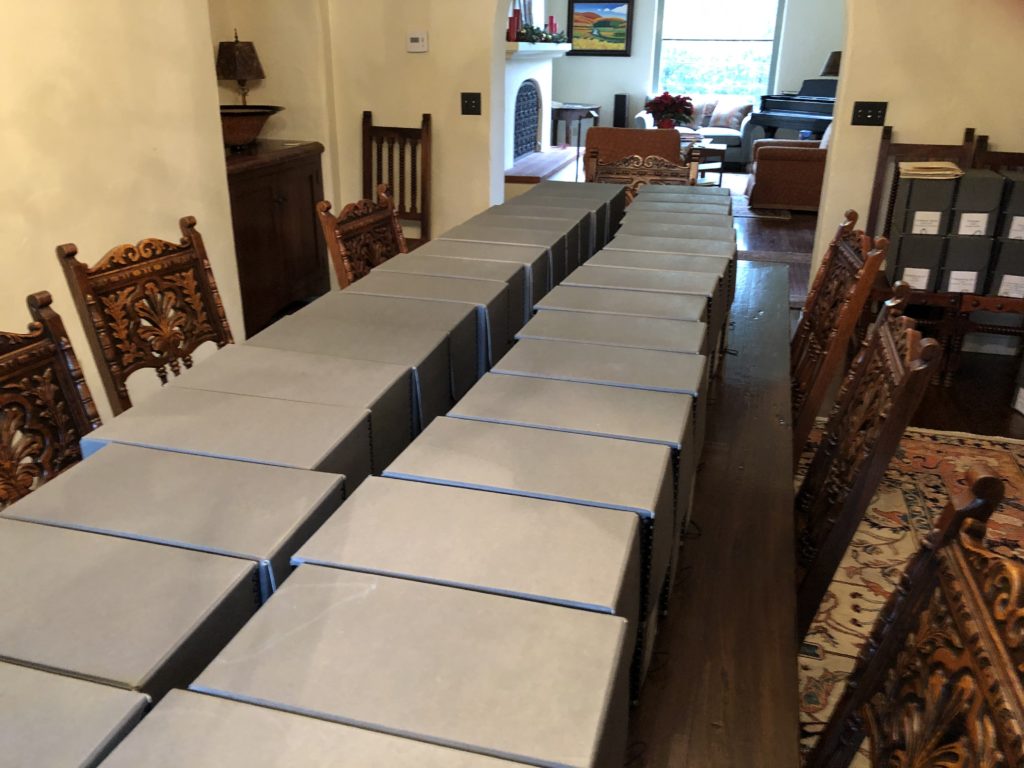Joseph Brodsky wrote an annual Christmas poem. Why did he do it?
Thursday, December 24th, 2020
A Christmas card from the Brodsky Foundation features “Anno Domini” and Martin Schongauer.
My favorite Christmas card this year has a poem on it. The Joseph Brodsky Foundation usually doesn’t disappoint – not even in the year of COVID, which has put a damper on the season, as well as on its Christmas cards. This year’s greeting features Martin Schongauer‘s 1475 engraving and the Nobel poet Joseph Brodsky‘s 1968 poem, “Anno Domini,” in the Russian. Can’t read Russian? You can read Daniel Weissbort‘s translation of the poem in The Iowa Review here. Or you could buy a copy of Brodsky’s Nativity Poems, a superb collection of eighteen of the poems he wrote annually, as a sort of birthday greeting. The collection is translated by a number of first-rate translators, including Richard Wilbur, Derek Walcott, and Seamus Heaney.
The Russian poet said the annual discipline pretty much began when he began to write poems seriously. He tried to write a poem for every Christmas – even though the Jewish poet called himself an atheist. “I liked that concentration of everything in one place – which is what you have in that cave scene,” he explained. But that’s not all of it, either. He once facetiously described himself “a Christian by correspondence.” I suspect he was only half joking.
 Why did he do it? Here’s the way himself explained it in an interview with Peter Vail, included in the book:
Why did he do it? Here’s the way himself explained it in an interview with Peter Vail, included in the book:
I’ll tell you how it all started. I wrote the first Nativity poems, I think, in Komarovo. I was living at a dacha, I don’t remember whose, though it might have been Academician [Aksel] Berg’s. And there I cut a picture out of a Polish magazine, I think it was Przekrój. The picture was Adoration of the Magi, I don’t remember by whom. I stuck it on the ceramic stove and often looked at it in the evenings. It burned later on, the painting, and the stove, and the dacha itself. But at the time I kept on looking and decided to write a poem on the same subject. That is, it all began not from religious feelings, or from Pasternak or Eliot, but from a painting.
His fellow Nobelist, the Polish poet Czesław Miłosz, gave me his own explanation twenty years ago: “If we cannot return to the stable world of the past, at least we can have some respect for some stable points. Brodsky would write every Christmas a poem – on that event, on the birth of Jesus. This is a sort of piety, I should say, for the past, for some crucial points in our history.”
“Anno Domino” returned me to Nativity Poems tonight, on Christmas Eve. As I recall, I return to this volume every Christmas … my own “stable point.” From Richard Wilbur’s translation of 25.XII.1993:
… For miracles, gravitating
to earth, know just where people will be waiting,
and eagerly will find the right address
and tenant, even in a wilderness.















